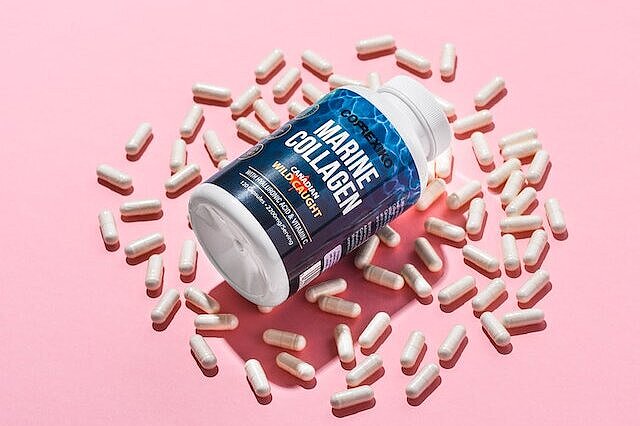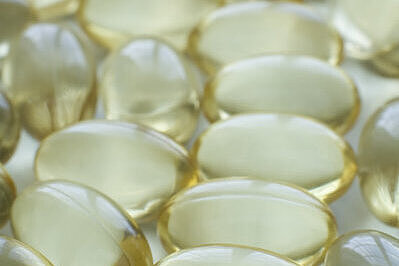Hyaluron

But what happens if your dog produces too little hyaluronic acid or if it degrades over time? Can hyaluronan for dogs be administered as a dietary supplement or as an injection? And what are the advantages and disadvantages? In this article, you'll find out everything you need to know about hyaluronic acid for dogs.
What does hyaluronan do for dogs?
Hyaluron has various positive effects for your dog. Firstly, it supports skin health and can help with dry, flaky or inflamed skin. Hyaluron moisturizes and promotes wound healing. It can also make the coat shinier and smoother.
Hyaluron is also good for your dog's joints. It acts as a lubricant and buffer between the cartilage, preventing friction and wear and tear. Hyaluron can therefore provide relief or prevent your dog's osteoarthritis, joint pain or restricted mobility.
How can hyaluronan for dogs be administered?
There are various ways in which you can give your dog hyaluronan. The most common are:
- Hyaluron as a dietary supplement: You can give your dog hyaluron in the form of tablets, capsules or powder in their food or drinking water. The dosage depends on your dog's weight and state of health. You should follow the manufacturer's instructions or ask your vet for advice.
- Hyaluron as an injection: You can also have hyaluron injected directly into your dog's affected joints. However, this should only be carried out by a vet, as otherwise complications can occur. The effect of an injection usually lasts for several weeks to months.
What are the advantages and disadvantages of hyaluronic acid for dogs?
Hyaluron for dogs has both advantages and disadvantages. The advantages are:
- Hyaluron is a natural substance that is well tolerated by the body.
- Hyaluron can improve your dog's quality of life by promoting their skin and joint health.
- Hyaluron has few side effects when used correctly.
The disadvantages are:
- Hyaluron is not a miracle cure that will solve all your dog's problems. It can only alleviate the symptoms, but not the causes.
- Hyaluron is relatively expensive, especially if you want to administer it regularly.
- Hyaluron can cause allergic reactions or infections if it is incorrectly dosed or injected.
Hyaluron for dogs can be a useful supplement if your dog suffers from dry skin, a flaky coat or joint problems. It can provide him with more moisture, elasticity and pain relief.
If you notice any signs of hypersensitivity or poisoning in your dog, you should see your vet immediately. We are not a substitute for a vet, but we try to be as accurate as possible. Every dog reacts differently and we recommend you get a second opinion or consult your vet if in doubt.
Stay healthy and take good care of your four-legged friend!😊
Similar to Hyaluron
What is collagen? Collagen is a protein that is made up of amino acids. There are different types of collagen, which differ in their structure and function. The most common are types I, II and III,...
In dog nutrition, direct supplementation with elastin is not common or recommended, as dogs get the protein and amino acids they need best from a balanced diet of high-quality protein sources. Such a...
Glycerine is a colorless, sweet-tasting, viscous liquid obtained from vegetable or animal fats. It is also called glycerine or glycerol and belongs to the alcohols. Glycerine is used in a variety of...
Squalane is a saturated and stable form of squalene, a natural lipid originally derived from shark liver oil. Today, however, squalane is predominantly produced from plant sources such as olives,...



